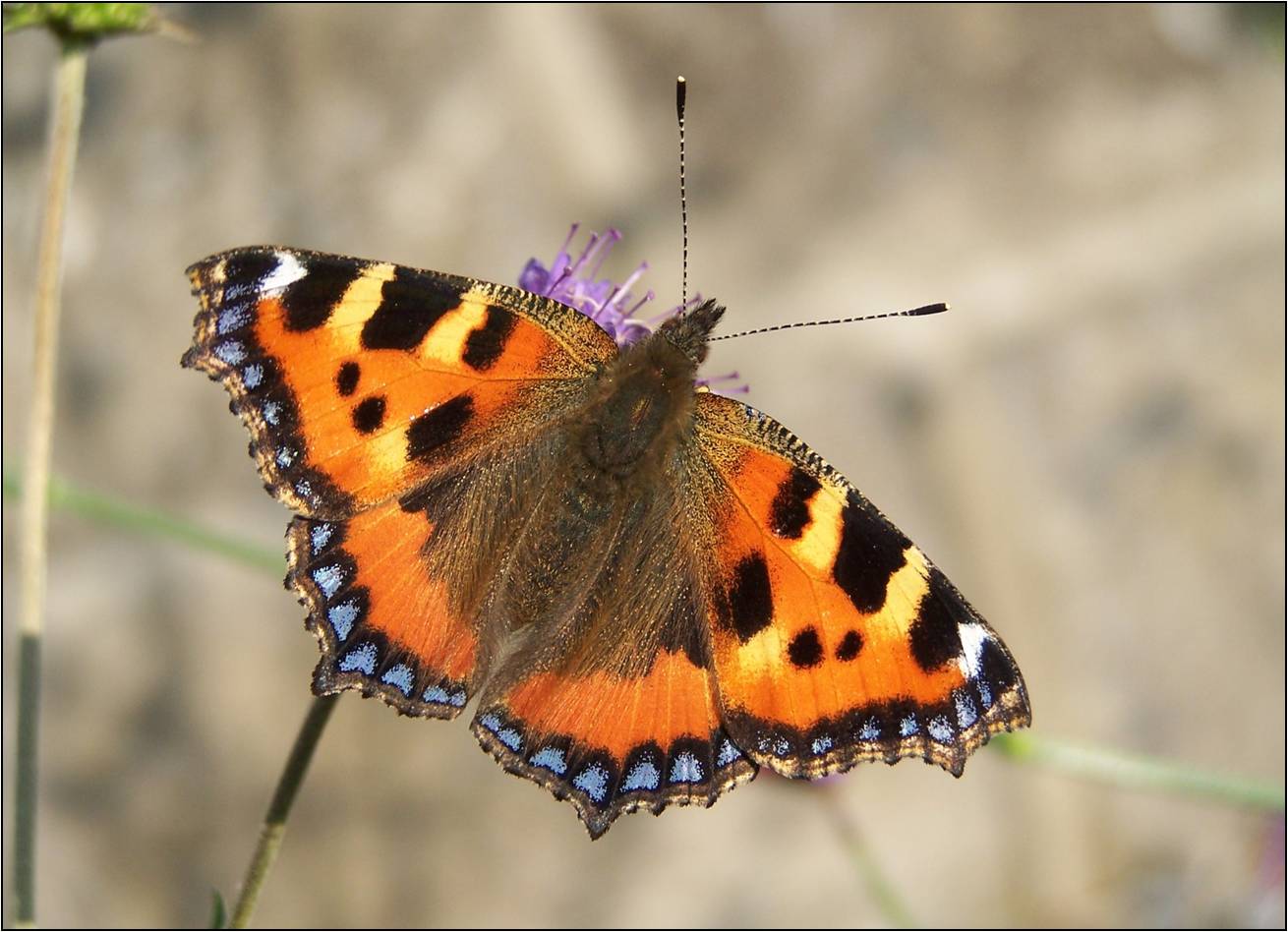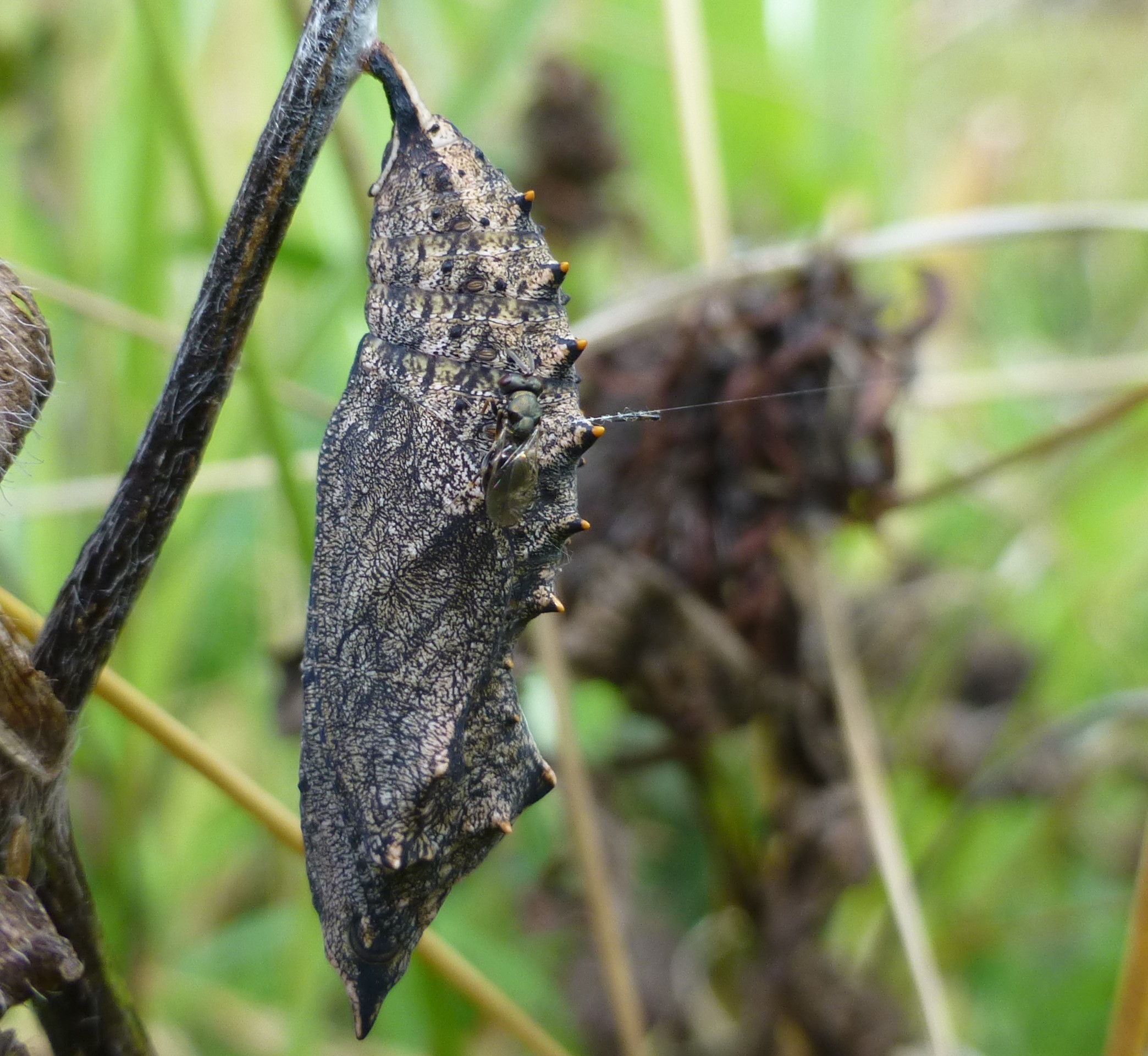When will we ever learn? Nature is in crisis. Changes in land and sea use, overexploitation of biological resources, climate change, pollution, and invasive alien species have eroded our once rich natural capital and pushed more species to the edge of extinction than at any other point in human history. In the last four decades alone, global wildlife populations have fallen by 60% because of human activities, and nature is now in steep decline in almost every corner of the planet.
We face the extinction of three-quarters of global biodiversity by 2100 if we continue to pump the same quantity of greenhouse gases into the atmosphere as we have during the past decade.
The effects of climate change on animal and plant populations can be simple and complex. A relatively simple example is that some animals that favour warm conditions are shifting their European distributions further north, and to sites with a northerly aspect and to more elevated altitudes as these areas, now warmer, become suitable. Some species that favour cool conditions are responding in the same way, to avoid the habitat and other changes created by increasing warmth and because the increased temperature is enabling these cool climate specialists to use areas that had previously been too cold.
There are limits to the success of these responses. In a scenario of continued temperature rises, some species, such as the montane and arctic butterflies (such as Lapland Fritillary Hypodryas iduna), will run out of higher ground and cooler terrain to retreat to. This species breeds in damp habitats such as bogs and marshes. Increased heat will change the character of these areas resulting in habitat change and likely extinction. One of the world’s rarest species, the Sinai Hairstreak Satyrium jebelia, breeds on buckthorn bushes growing at altitude on the Sinai Peninsula. High-mountain endemics with very restricted ranges are likely to have a high risk of extinction under the various scenarios of global warming.
Endemic to the high mountains of the St Katherine Protectorate in South Sinai, the total world population in 2012 was estimated to be 1,010 individuals. Aspects of hostplant and habitat quality were significant predictors of the presence of Sinai Hairstreaks on individual trees. No immediate threats are evident except global warming: if current climate-change predictions for Egypt are correct, the quality of habitat and plant diversity will decrease in the St Katherine Protectorate, with negative conservation results likely (Power et al. 2014).
Let us look at just a couple of our butterflies, the Small Tortoiseshell and Peacock butterflies.
The Small Tortoiseshell butterfly is faring better in Ireland than in Britain. Here the population is regarded as showing a moderate increase (Judge and Lysaght, 2020) while in the UK it has shown a significant major decrease in abundance of -73% from 1976-2014 (Fox et al. 2015). It should, however, be noted that the Irish abundance study covered a shorter time (2008-2020) than the UK study. The species has declined in abundance by over 70% in Europe (Van Swaay, pers. comm. April 2021).
However, we should not be complacent about the butterfly’s abundance in Ireland. The arrival of the parasitoid, Sturmia bella, a fly species, in England in the late 1990s (first confirmed in Peacock caterpillars in Hampshire in 1998) has had a significant impact on the Small Tortoiseshell (and to a lesser extent, on the Peacock butterfly) in England. S. bella occurs naturally in Europe and its appearance in England may be the result of accidental or deliberate introduction or the result of climate change. S. bella lays its eggs on nettle leaves which are ingested by Small Tortoiseshell and Peacock caterpillars. The egg hatches inside the caterpillar. The parasitoid kills its host after the caterpillar pupates. The grub descends from a thread to pupate on or in soil.
A study by Gripenberg et al. (2011) found that the fly was present in 26% of larval groups of the Small Tortoiseshell assessed and that survival was 25–48% lower in batches of Small Tortoiseshell larvae where S. bella was present, indicating that S. bella causes host mortality in addition to that caused by native parasitoids. In some batches, all the caterpillars were infected. S. bella was found as far north as Lincolnshire, and the Small Tortoiseshell has declined significantly south of Lincolnshire but not north of this county. The report concludes that S. bella may be playing a role in the recent decline of the butterfly but “further research is needed to establish its effects relative to other potential drivers of trends in the abundance of this butterfly.” (Gripenberg et al. 2011)
S. bella also attacks the Peacock, Comma, Painted Lady, Speckled Wood and other butterfly species, but none of these are in decline in England. The Peacock’s stable status might be partly because the Peacock favours different breeding sites, particularly nettles close to woods, where S. bella is less common and because the Peacock, which is single-brooded, produces its larvae mainly between April and June, when S. bella is not numerous. The Small Tortoiseshell produces two or even three broods, and the second brood of larvae, in July, coincides in time with the abundance of S. bella.

A further climate-related problem for the Small Tortoiseshell is that prolonged dry weather in mid-summer reduces foodplant quality which may cause longer development times for the larvae or which results in the butterfly cancelling reproduction in the year of its birth and undergoing a reproductive diapause until the following spring. This necessitates a prolonged hibernation with adults entering their dormant state in July instead of September/October. This strategy helps the butterfly avoid second brood production which is more at risk from the effects of malnutrition and S. bella than its first brood, produced in spring. But it would certainly be at increased risk from animals that have not yet over-wintered and that use Small Tortoiseshell hibernacula as roosts or breeding sites, such as Brown Long-eared Bats Plecotus auratus.
The Small Tortoiseshell and Peacock have several native parasitoids to contend with. Larvae of the Small Tortoiseshell and the Peacock are also attacked by several other parasitoid species, of which the most common ones are the ichneumonid wasp Phobocampe confusa Thomson, the braconid wasp Cotesia vanessae, and the tachinids (fly species) Phryxe spp., Pelatachina tibialis, and Compsilura concinnata. These are all endoparasitoids (the parasitoids develop inside the host), and in all cases the parasitoid larvae emerge from the fully developed caterpillars before host pupation.
Small Tortoiseshell pupae (and the pupae of several butterfly and moth species) are attacked by a wasp, Pteromalus puparum, discovered in Ireland in 2002 (but present before that date, with the earliest known museum specimen dated 1928) which lays its eggs into newly formed, still soft pupae. Although the pupa is aware it is being disturbed and wriggles vigorously, it has no defence. Instead of a butterfly emerging from the pupa, tiny wasps, which may number over 100, bite their way out and exit through tiny holes. This parasitoid wasp is widespread in Ireland and has been found as far apart as Warrenpoint, County Down (1928), Glengariff, County Cork (1943) and Drumachon, County Kildare (2015).

Aside from S. bella, the native parasitoids have been present in England and Ireland for a long period, and these did not cause a prolonged decline in the species. However, irresponsible behaviour such as deliberate introduction can bring in a new parasitoid that creates severe difficulty for our native species.
A warming climate also encourages colonisation events, bringing threats to our indigenous species. It should be underlined that S. bella is native to Europe, so the great decline in the Small Tortoiseshell in the continent has not been explained by reference to the fly, and the causes of decline are currently unknown. However, could the decline be attributed to a warming climate favouring the fly?
And does the warming climate mean that the fly can make greater use of other host species? One reason for the Peacock’s lower vulnerability to S.bella is its use of nettles at wood edges, where the Peacock has a warmer micro-climate. However, recently the Peacock has also been observed using nettles in more open situations, possibly because the warming climate now makes these suitable; I have encountered several Peacock larval clumps on nettles along a track running through an open field.
For the second year in succession, the Peacock has shown a great decline in abundance in many areas in Ireland. This has been noted as a widespread reduction, in areas as distant as the Burren, County Clare, Lullymore, Co. Kildare, and County Antrim. This is a sudden and dramatic abundance decline, following the Peacock showing a “strong increase” 2008-2020 (Judge and Lysaght, 2020). The Peacock is believed to have benefited from the warming climate. In the 1960s it was a rare migrant to northern Scandinavia. In the 1970s it began to acclimatise, beginning to survive hibernation over the winter. Today, it is one of the most abundant Nordic species in late summer (Haahtela et al. 2011). Parasitoids might be responsible, however for the population reduction during the past two years. The coming years will tell us if this decline is a trend, but it is far too early to make any assessment.

One useful conservation response the gardener can make is to allow nettles to grow in different areas, in semi-shaded, unshaded, exposed and sheltered locations. Heterogeneity in the location of the nettles offers the best hope of satisfying the breeding requirements of the Peacock under the changing circumstances wrought by the changing climate.
We are incapable of reversing climate change as individuals, and whatever the causes driving the decline of the Small Tortoiseshell in England, one fact is at least clear. One should not bring plants (including from overseas nurseries), eggs, larvae or pupae from Europe into Ireland or Britain, or from Britain into Ireland. The immature stages of butterflies often contain parasites or even viruses which our butterfly populations do not need, especially with climate change and habitat change and loss added to the challenges faced by our beleaguered butterflies.
Key References
Fox, R., Brereton, T.M., Asher, J., August, T.A., Botham, M.S., Bourn, N.A.D., Cruickshanks, K.L., Bulman, C.R., Ellis, S., Harrower, C.A., Middlebrook, I., Noble, D.G., Powney, G.D., Randle, Z., Warren, M.S. & Roy, D.B. (2015). The State of the UK’s Butterflies 2015. Butterfly Conservation and the Centre for Ecology & Hydrology, Wareham, Dorset.
Gripenberg, S., Hamer, N., Brereton, T., Roy, D. B., Lewis, O.T. (2011). A novel parasitoid and a declining butterfly: cause or coincidence? Ecological Entomology, 36, 271–281.
Haahtela, T et al. (2011) Butterflies of Britain and Europe. A&C Black, London.
Judge, M and Lysaght, L. (2020) ‘2019, the year of the Painted Lady’, The Irish Butterfly Monitoring Scheme Newsletter, Issue 13.
O’ Connor, J. P. 2002, “Pteromalus puparum (L.) (Hym.: Pteromalidae), a chalcid new to Ireland” The entomologist’s record and journal of variation Vol. 114 pp. 111-112. Available at https://www.biodiversitylibrary.org/part/194950 (Accessed 22 August 2022)
Power, A., Zalat, S. & Gilbert, F. 2014, “Nowhere left to go: the Sinai Hairstreak Satyrium jebelia”, Journal of insect conservation, vol. 18, no. 6, pp. 1017-1025.

